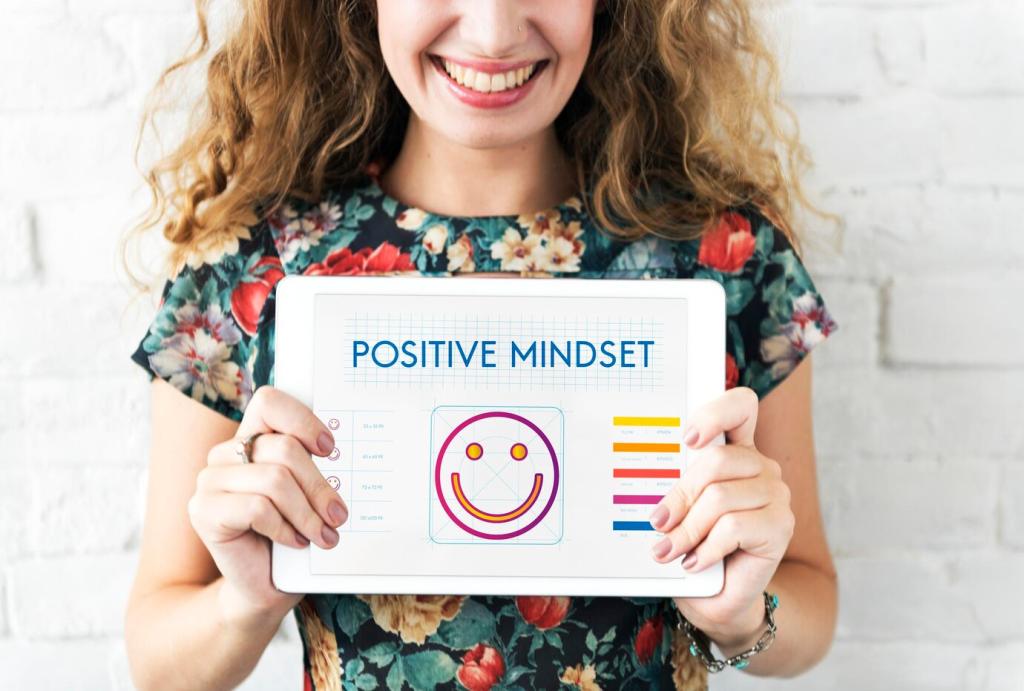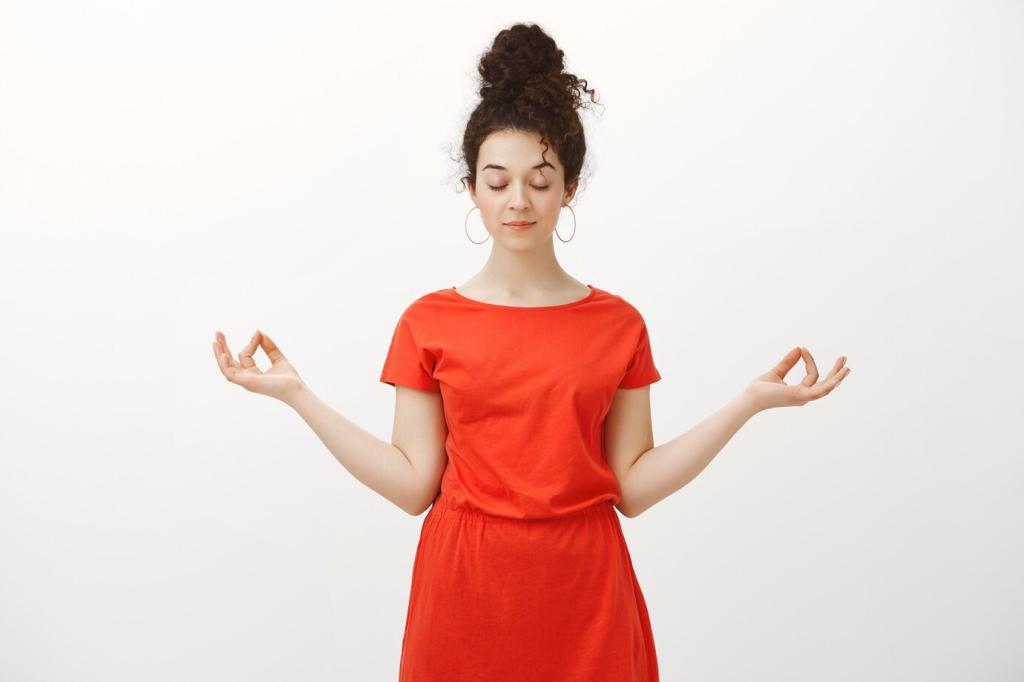Meditation for Emotional Stability
Today’s chosen theme: Meditation for Emotional Stability. Step into a calm, grounded space where simple, consistent practices help you steady your feelings, respond with clarity, and cultivate resilience even when life sways.

Understanding Emotional Stability
Emotional stability is not suppressing feelings; it is the ability to notice, name, and navigate emotions without being pulled into impulsive reactions. Meditation strengthens this capacity by training gentle awareness and making room for wiser choices when intensity rises.
Understanding Emotional Stability
Meditation cultivates nonjudgmental attention, helping you witness emotional waves as passing phenomena rather than identity. Over time, this perspective reduces reactivity, broadens your window of tolerance, and builds trust that steady breaths can carry you through unpredictable moments.
Understanding Emotional Stability
I once guided a friend who felt storm-tossed every afternoon commute. With a five-minute anchor practice at a stoplight, he learned to breathe, label anxiety kindly, and arrive home present. Small doses, repeated often, created genuinely steady evenings.


Foundations of a Grounding Practice
Sit with feet grounded, spine tall, and jaw soft. Imagine a thread lifting the crown while roots grow from your soles. This dignified ease signals safety to the nervous system, making it easier to meet strong emotions without collapsing or hardening.
Foundations of a Grounding Practice
Begin with just two mindful minutes daily. Short, consistent sessions are better for stability than occasional marathons. When resistance appears, treat it as a visitor, not an enemy. Greet it kindly, breathe, and keep the promise of showing up tomorrow.
Breath as Your Everyday Anchor
Box Breathing for Calm
Inhale four, hold four, exhale four, hold four. Repeat gently for three cycles. This structure steadies attention and signals calm. Use it before difficult conversations, during traffic, or when your inner weather turns turbulent and cloudy.
Elongated Exhale Technique
Inhale to a count of four, exhale to a count of six or eight. A longer exhale activates the parasympathetic response, softening edges around strong emotions. Practice three times daily to teach your body how to release tension quickly.
Labeling Breath and Feeling
As you breathe, silently note, “In, out,” and add a gentle label to sensations—“tight chest,” “warm cheeks.” Labeling reduces emotional fusion. You witness feeling without becoming it, an essential skill for lasting emotional stability and resilient clarity.
Techniques for Turbulent Moments
The 5-4-3-2-1 Grounding Scan
Name five things you can see, four you can feel, three you can hear, two you can smell, one you can taste. This sensory inventory moves attention from rumination into present-moment stability, steadying breath and thought when anxiety feels overwhelming.
Hand on Heart, Name It
Place a hand on your heart, breathe slowly, and say, “This is anxiety. Others feel this too. May I be kind to myself now.” Tender acknowledgment softens resistance. The body receives warmth, and the emotion loses urgency to dominate the moment.
Urge Surfing Meditation
Picture the emotion as a wave rising, cresting, and falling. Ride it using breath as a board. Remind yourself no wave lasts forever. This imagery helps you stay steady without suppressing or indulging, building confidence in your inner balance.



Building a Sustainable Routine
Morning Anchor, Evening Reset
Try five minutes upon waking, and five before bed. Morning practice sets your tone; evening practice clears residual stress. Together, they form bookends that protect your emotional stability across the busiest, most unpredictable days.
Micro-Meditations Everywhere
Use transitional moments—waiting for water to boil, loading a webpage, before a meeting—to take three slow breaths. These micro-pauses compound, gradually recalibrating your nervous system toward steadiness and making calm your default setting.
Track, Reflect, Adjust
Keep a brief log: duration, technique, mood before and after. Noticing patterns builds motivation and reveals which practices stabilize you fastest. Share discoveries in the comments and subscribe for weekly prompts that refine your routine.
Community, Reflection, and Next Steps
Tell us about a moment when meditation steadied your emotions—perhaps during conflict, uncertainty, or grief. Your story may give someone else a pathway back to calm today. Comment below and inspire our growing circle of steady hearts.

